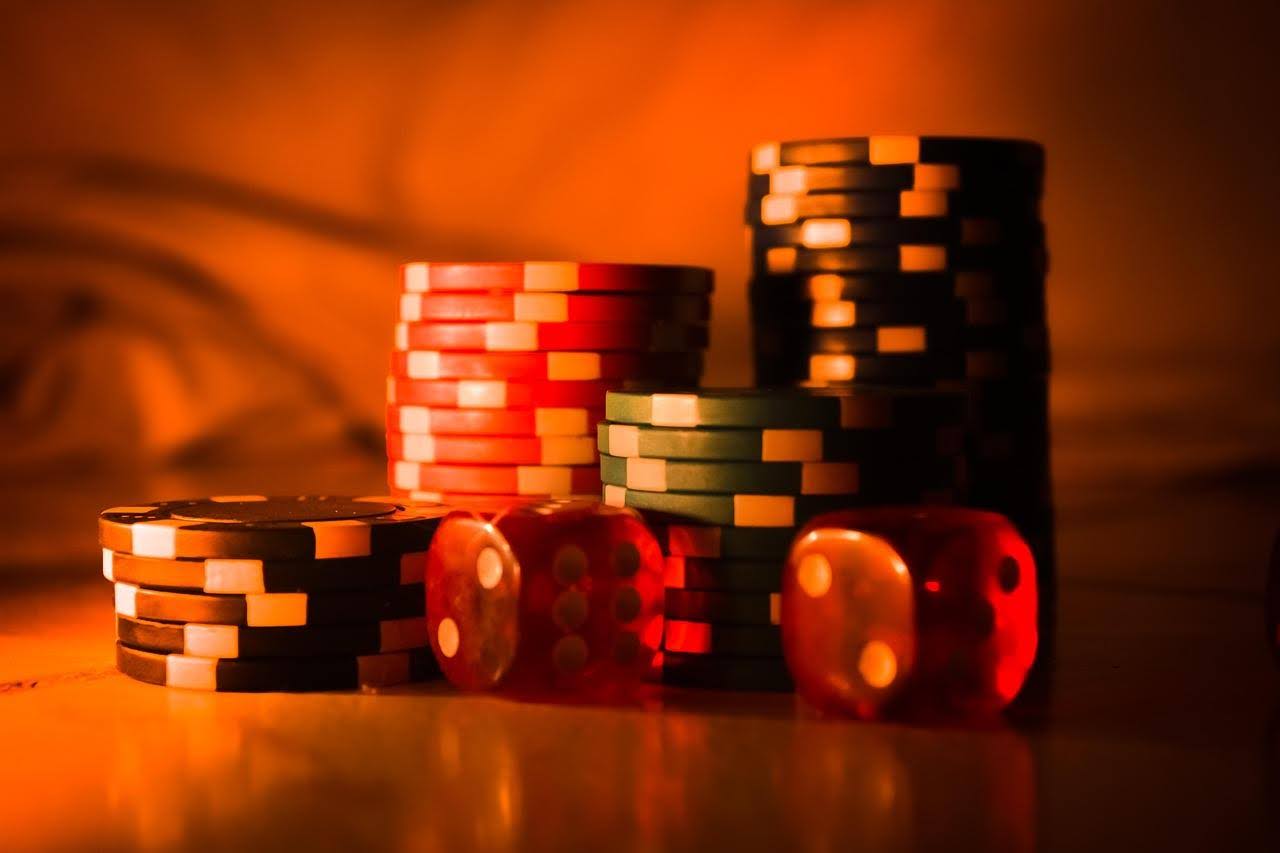10+ Blackjack Hands and Their Rankings
Blackjack hands are made up of unique card combinations. So, it's really important to know whether your kind of hand can make all the difference. It’s easy to learn, but becoming really good at it takes practice and skill.
This guide today will explore the different types of hands you can get in blackjack and how to play them wisely. I'll also share tips to help you improve your chances of winning and enjoy the game even more!
Main Types of Blackjack Hands
A blackjack hand consists of two or more cards. It doesn't matter which the suits of the cards are, like hearts, spades, diamonds, or clubs. Also, whether the cards come in one order or another, your hand remains the same.
Hand Type | Definition |
Natural Blackjack | Total of 21 points from the first 2 cards (Ace + 10, J, Q, K). |
Soft Hand | Contains an Ace counted as 11, e.g., A + 6 = 17. |
Hard Hand | No Ace or Ace counted as 1, e.g., 10 + 7 = 17. |
High Hand | A hand with a high total (17–20). |
Low Hand | A hand with a low total (below 17). |
Winning Hand | A hand that beats the dealer or when the dealer busts. |
Losing Hand | A hand that loses to the dealer or busts (over 21). |
Bust Hand | A hand with a total over 21, automatically losing. |
Split Hand | A hand split into two separate hands when the first two cards are equal (e.g., 8 + 8). |
Double Down Hand | A hand where the bet is doubled, and the player receives only one more card. |
Multi-Hand | Playing multiple hands at the same time, commonly in online Blackjack. |
Below are the primary types of hands:
Natural Blackjack
It’s called a natural blackjack if your first 2 cards add up to 21. This happens when you have an Ace and another card worth 10 points (a 10, Jack, Queen or King).
A natural blackjack is the best hand you can get in the game. Usually, you win right away and get a special payout of 3 to 2. For example, if you bet $10, you will win $15.
Natural in blackjack is a two-card hand totaling 21, usually an ace and a 10-value card
Soft Hand
A soft hand in Blackjack is when you have an Ace, which can flexibly count as either 11 points or 1 point. This way, you will not lose the game right away.
Example:
- Ace ♣ + 6 ♥ = 17 (Soft 17)
- Ace ♠ + 4 ♦ + 1 ♣ = 17 (Soft 16)
Hard Hand
A hard hand in blackjack is a hand that either doesn’t have an Ace or has an Ace that counts as 1 point. This type of hand is less flexible than a soft hand because you can’t change the Ace’s value. So the more cards you draw, the more likely you are to go over 21 points and bust.
Example:
- 10 ♦ + 7 ♣ = 17 (Hard 17)
- 5 ♥ + 3 ♦ + K ♠ = 21 (Hard 18)
Hard and soft hands each have their own strengths in blackjack strategy
Read more: Hard and soft hands in blackjack
High Hand
A hand with a total of 17 or more points is considered fairly strong in Blackjack. This is a safe score to stand because taking another card could make your total go over 21 (busting).
Example:
- 9 ♠ + 8 ♥ = 17
- K ♦ + Q ♣ = 20
Low Hand
A hand with a total of 12 to 16 points is tricky in Blackjack. It’s also called a "dangerous hand" because if you draw another card, you might go over 21 and lose. But this score is not very strong and might not be enough to beat the dealer.
Example:
- 9 ♣ + 5 ♦ = 14
- 7 ♥ + 4 ♠ + 4 ♦ = 15
Winning Hand
A hand that wins against the dealer without going over 21 simply has a higher total than the dealer’s but doesn't bust. This could be any type of hand, like a Natural, a Soft hand or a Hard hand.
Example:
- 10 ♠ + 9 ♦ = 19 (Dealer has 17)
- J ♥ + K ♠ = 20 (Dealer has 18)
Losing Hand
This occurs when your total points are lower than the dealer's or if you bust (go over 21). Even if you don't bust, your hand is still considered a loss if the dealer has a higher total. Additionally, if the dealer has a natural blackjack, you will lose regardless of your hand.
Example:
- 10 ♣ + 7 ♦ = 17 (Dealer has between 18 and 21)
- K ♣ + J ♦ = 20 (Dealer has Natural)
Bust Hand
A hand that goes over 21 points is called a "bust". And if your total exceeds 21, you automatically lose the round.
Example:
- K ♠ + 5 ♦ + 7 ♣ = 22
- 3 ♠ + 3 ♦ + 9 ♣ + 7 ♠ = 23
A bust hand in blackjack happens when your cards total more than 21
Split Hand
A split hand happens when you have 2 cards of the same value (e.g. 8 ♠ 8 ♦). You can split them into 2 separate hands and each owns a bet equal to the original wager.
You might interested in: Blackjack Split Rules
Surrender Hand
This hand is an option you can choose when your chances of winning seem low. It’s available in some casinos, which allows you to give up the round and recover 50% of your initial bet.
Example:
- Hard 16 vs. Dealer with a 10
- Hard 17 vs. Dealer with an Ace
Learn more: When to Surrender in Blackjack
Double Down Hand
Double down hand with a total of 9, 10, or 11 gives you the chance to double your bet. When choosing this option, you can only draw one more card to try and improve your hand.
Example:
- 5 ♠ + 6 ♦
- Ace ♠ + 3 ♦
Multi-Hand
Playing multiple hands at the same time is a good choice for those who want to try different strategies and increase their chances of winning. This also allows you to experience more action in one round.
For example: You are playing with 3 hands
- 1st hand: 10 ♣ + 8 ♦ (stand)
- 2nd hand: 5 ♦ + 8 ♣ (hit)
- 3rd hand: Blackjack natural (win)
Multi-hand in blackjack lets you play several hands at the same time
Blackjack Hand Rankings
When you start playing blackjack, one of the first things you need to learn is how to know the value of each card and how to rank hands.
This is a very important part of the game and it’s something that everyone must understand when they begin playing blackjack. Let’s take a look at the different rankings of blackjack hands in the following table:
Rank | Hand Requirements | Payout Odds | Winning Chances |
1st | Natural Blackjack (Ace + 10-value card) | 3:2 | Highest |
2nd | Two Aces of Hearts | 3:1 | Very strong |
3rd | Total of 21 (Any combination) | 1:1 | Good |
4th | Total of 20 (Any combination) | 1:1 | High |
5th | Total of 19 (Any combination) | 1:1 | Quite high |
6th | Total of 18 (Any combination) | 1:1 | Average |
7th | Total of 17 (Any combination) | 1:1 | Average |
8th | Total of 16 (Any combination) | 1:1 | Low |
9th | Total of 15 (Any combination) | 1:1 | Low |
10th | Total of 14 (Any combination) | 1:1 | Very low |
11th | Total of 13 (Any combination) | 1:1 | Very low |
12th | Total of 12 (Any combination) | 1:1 | Lowest |
13th | Two Aces of Hearts after Split | Even Money | Strong |
14th | Ace-Face or Ace-10 after Split | Even Money | Strong |
15th | Any Soft Hand (Example: Ace + 6) | Situation-dependent | Flexible |
16th | Multi-Hand with strong hands | Varies | Depends on hand |
17th | Low Hard Hand (Total < 12, no Ace) | Varies | Very low |
18th | Bust Hand (Total > 21) | No payout | Automatic loss |
While this ranking table is useful, it does have its limitations. You must understand when to apply the rankings, but the real challenge lies in deciding how to act based on the cards you’ve received and the cards the dealer holds.
For this reason, it can make the game complicated and can lead to wrong decisions. So, the best approach for you is to stay flexible and adjust your strategy according to your situation.
Tips for Memorizing Hand Rankings and Strategies
Here are some tips that can help you quickly memorize these tricky hand rankings and strategies, which makes them much easier to remember. You also can choose the methods that work best for you to apply them effectively.
- Group hands by strength: This makes it easier to decide your next move. For example, high-value hands are strong and safe, medium-value hands depend on the dealer, and low-value hands require careful choices.
- Use catchy phrases: You can create a phrase or acronym to remember key hands. For example: "N-A-H-L-B" (Natural, Ace Split, Hard Hand, Low Hand, Bust Hand), "21 big win, 12 hit, 17 stand", or "B-21-20-19-L" ( Blackjack > 21 > 20 > 19 > Low-value hands).
- Practice with flashcards: It’s essential to quiz yourself regularly by writing hand scenarios on one side (e.g., "12 against dealer 10") and the correct strategy (hit, stand or split) on the other.
- Visualize a chart: Create or refer to a hand ranking and strategy chart. Then you should hang it somewhere visible to review often. This action will help you remember things better.
- Practice online or with apps: Use and repeat blackjack training apps or free online games that help build muscle memory without costing money.
- Set realistic goals: Memorize a small number of hand strategies each day instead of trying to learn everything at once.
- Learn basic strategy first: Start with the general rules for when to hit, stand, split or surrender for each type of blackjack hand. The simpler the strategy, the easier it is to remember.
- Play with friends: Simulate hands and rank them together. Friendly competition can make learning fun and engaging.
- Review frequently: Regularly revisit the rankings and strategies to ensure they stick. Short daily reviews are more effective than long, occasional study sessions.
If you practice regularly and use helpful tools like free charts and apps, you will get better at understanding the game and feel more confident as you play. With time, you will learn more and become even better at making the right choices in blackjack.
The more you practice, the better and more confident you will become
Conclusion
It's really worth learning how to learn and use the right method for each blackjack hand. From there, you can play better and have a better chance to win. When you understand the basics and practice using tools, you will feel more confident and enjoy the game.
Besides, if you want to learn more, you can read other articles about how to manage your money while playing along with advanced strategies. The more you know, the better you will get at playing!
















